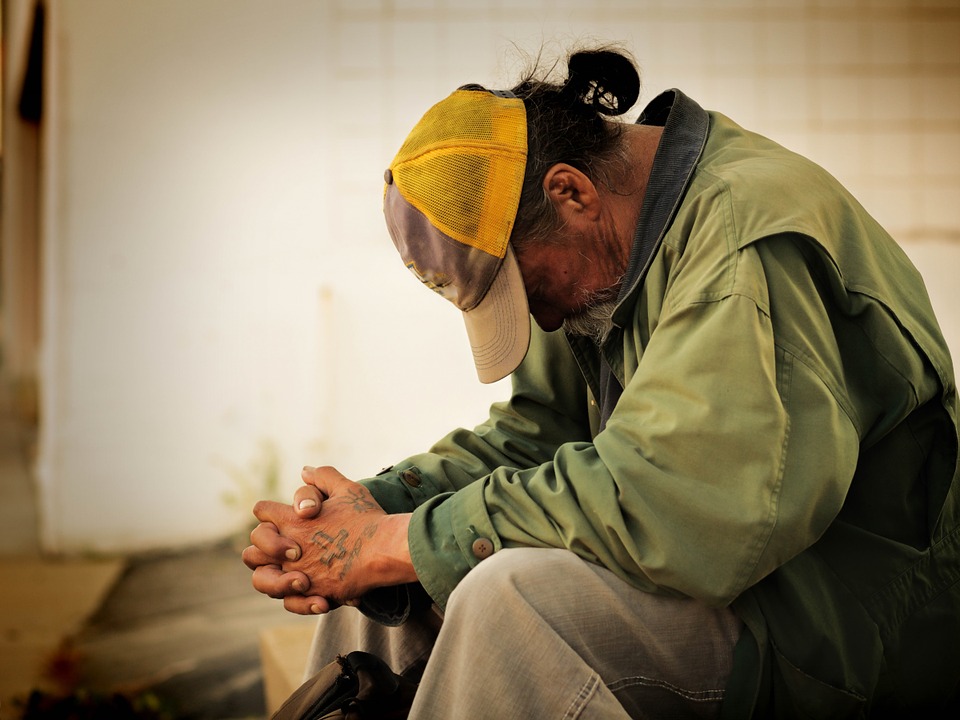Emphasis on Daan is seen in all religions be it Hinduism, Sikhism, Jainism, Buddhism or Islam. Daan can be of various types; Bhagwat Gita classifies Daan into Satvik, Rajasic and Tamasik. When one does Daan to help others for self satisfaction but also to gain some credit from it ie Yash it is Rajasik daan.
Swastik Daan is done solely for self satisfaction and done with a sense of duty, whereas Tamasik Daan is done mearly for the sake of show. In order to ensure that our Daan is Satvik always forget that you have helped someone and never forget those who have helped you; this is the principal to be followed.
Daan along with Daya is the common feature across all ages (Satyug, Treta, Dwapar and Kalyug) other features such as purity, tap, satya may not be seen in Kalyug but Daan and Daya remain permanent because Shristi cannot function without these two.
Daan can be of various kinds – Paropkar, Dakshina and Bhiksha. Paropkar is welfare whereas Dakshina is a tribute like Guru Dakshina and Bhiksha is given to those who have no source of income like saints and Rishis. By giving Bhiksha you get merit and they may impart knowledge/wisdom to you in return. Dakshina is done according to your ability and paropkar as per your will,
Raja Agrasen asked his caste members to give Rs 1 and one brick to a bankrupt community member to help him re establish himself, Bhoodan is another form of Daan it was also started by Aacharya Vinobha Bhave, then there is Vidyadaan, imparting education to the underprivileged who otherwise may not be able to access education.
Aushadh Daan is another form of Daan this does not merely comprise of giving medicine to the sick but also hearing him out- listening to his problem would have a Carthetic effect. Yet another form of daan is Annadaan- feeding a hungry person, one must remember that feeding someone who is already well-fed does not comprise Annadan.
In Jainism giving water to the thirsty is considered a supreme form of Daan, hence they build drinking water taps for the public this is considered superior to Annadaan as a person may survive for three weeks without food but without water he may not survive for three days.
Accumalating things that are not needed by us is looked down upon in our traditions hence both the Yogsutra and Jain thought lays stress on Aparigraha. Aparigraha means non-possessiveness this needs to be practiced for checking greed and developing the spirit of Daan, suppose you buy a shirt what you can do here is to give your old shirt to another member of the family. What I don’t need for my use I share it with someone else. In earliar times festivals like Diwali were observed in this manner where we would give away to our family members or donate those things which we no longer needed.
The offerings that we make to the gods and godesses in the form of fruits and sweets need not nessesarily be in material form we could instead offer our negative traits such as anger or greed as offerings to the lord and take his blessings in return. Giving up our negative traits is also a form of Daan that we can practise.
Angdaan is another very important kind of daan that needs to be promoted in society. Ayurved defines five types of Vayu in the human body pran, udan, sawan, vayan and apaan. When the brain dies three of these remain alive due to these three vayus you can continue to live in someone else’s body. Reincarnation is of the soul not of the body hence there is nothing in our traditions which forbids us from Angdaan.
The respect and Yash that a person acquires through Daan would out live him take for example the work Birla trust has done people may or may not know about Birla but everyone knows Birla Mandir.


